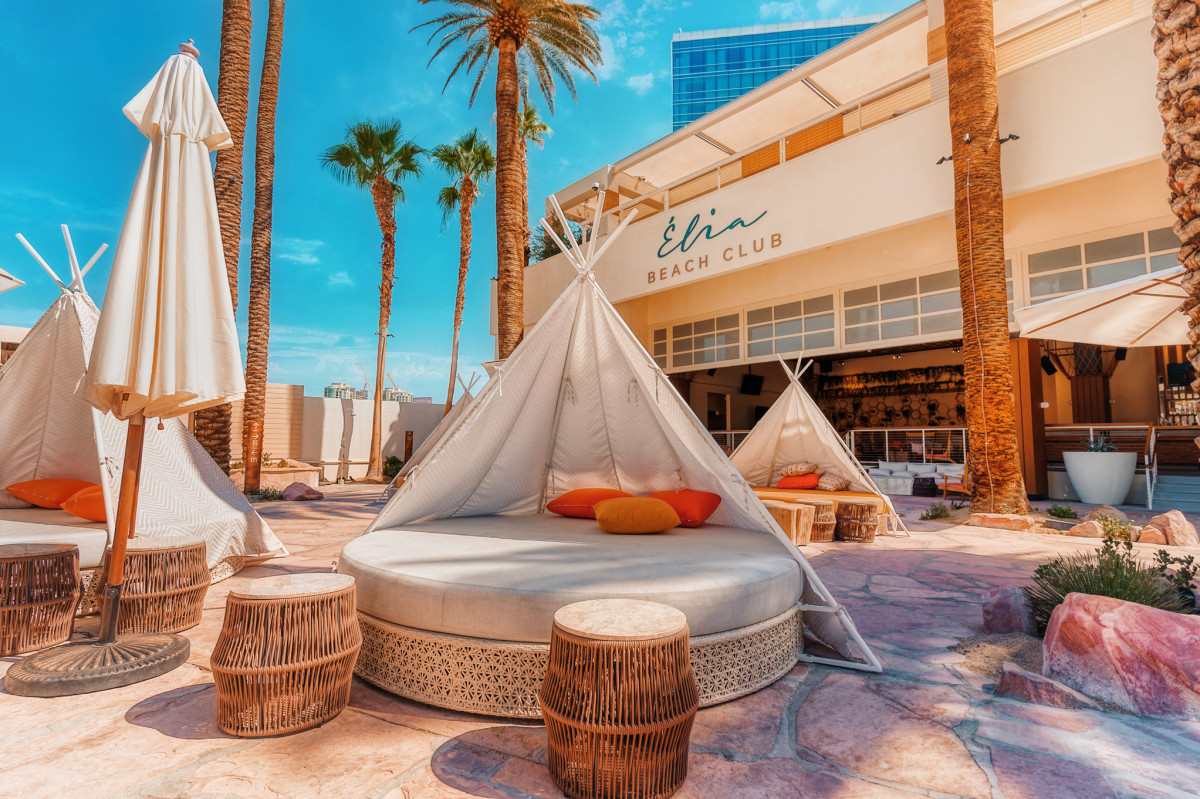Intentional Travel: Benefits and Tips for Planning a More Mindful Trip

You’re in the midst of planning your next trip, thinking about all the excursions, experiences, and foods you want to try. Maybe you’re traveling to learn about your heritage. Maybe you’ve always wanted to see an iconic work of art, or try a certain kind of cuisine. Or maybe you just want to relax and disconnect.
Of course, you could be planning a trip that will tick the boxes on all of these goals. And the best way to do that? Be intentional about your travel plans.
Not sure how to get started planning intentional travel? You’ve come to the right place. Below, we’ve broken down what intentional travel is, covered some of the benefits of traveling with intention, plus rounded up our top tips for planning a more mindful trip.
What is intentional travel?
Intentional travel is traveling with a purpose in mind and making conscious choices at every step of your trip. The purpose (and choices) is up to each individual and what matters most to them.
For example, in the wake of the pandemic, many people are more conscientious about the effect travel has on the world. Some travelers consider a global perspective, and how travel impacts the environment; others take a local perspective, planning trips to better understand cultures and communities—and how the trips they take might impact or influence them.
Still other travelers value a personal perspective—that is, the impact travel has on their mental and physical well-being—and how a trip can meet their unique goals.
Traveling intentionally starts by identifying what you value—what’s most important for you to understand or experience on a trip—and then building an itinerary that will help you accomplish those goals.
What are the benefits of intentional travel?
Traveling with intention can yield some incredible benefits:
1. You can feel more prepared for—and relaxed on—your trip
When you plan a trip with intention, you have clear goals in mind for what you want to see and experience. You’re not worried about what you’re not doing, because you’ve planned ahead to do what’s most important to you.
When you’ve already identified what matters most for you to get out of your trip, there’s no stress or FOMO; your itinerary is unique and filled with experiences that speak to your travel goals.
2. You can save money on your trip
Another benefit of making intentional choices about what to see, eat, and get out of your trip? You can skip the things that aren’t aligned with your travel goals—and save money in the process.
Want to eat at a Michelin-star restaurant? Book that reservation now—and plan to cook a few meals in your vacation rental to help offset the cost.
Want to plan a relaxing spa day? Do your research ahead of time, so you get the best value for your money.
3. You can take better care of the environment
When you travel with intention, you can make conscious choices that benefit the environment. For example, packing a reusable water bottle to cut down on single-use plastic waste; walking and taking public transit to reduce your carbon footprint; and so on.
4. You can make a positive impact on the local community
You know those local businesses you’re walking past (instead of whizzing by in a taxi)? You’re more likely to pop into one of those shops when you’re traversing a new city on foot. Doing so is good for the local community; it supports local businesses, while also limiting your impact on the environment.
5. You can feel more informed about your destination
Some destinations are safer than others; likewise, some travelers need to exercise more caution in certain destinations versus others.
Doing research and being as informed as possible about any safety-related risks will help you enjoy your trip to the fullest—and accomplish the goals you’ve set for yourself.
6. You can maximize your time (especially on a bleisure trip)
If you’ve ever said “I won’t have time for [enter desired experience] this trip.”—you’re not alone. But that’s the beauty of intentional travel: You can identify—ahead of your trip—what those desired experiences are, and plan accordingly to make time for them.
This is especially beneficial to business travelers who already have to balance work and personal time on a bleisure trip. Intentional travel helps to maximize the time you do have for yourself—even if it’s just a few free evenings. Identifying what you want to do, and the time you have to do it, will help you to feel that you’re getting the most out of your trip.
Tips for traveling with intention
Now that we’ve covered the benefits of intentional travel, let’s look at some ways to travel with intention on your next trip.
1. Make a list
In a notebook; on your phone; via an app—it doesn’t matter where you make a list, just as long as you get it started.
Why is making a list the first step to being an intentional traveler? Because in order to write down what you want to get out of your trip you must first think about—and decide—what matters most to you.
Once you’ve made a list of what you want to get out of your trip, all other decisions become easier—because now you’re clear on what matters and what doesn’t for this specific trip.
2. Use TripIt to plan ahead
Now that you know what you want to get out of this trip, use TripIt to make informed decisions about your trips, including knowing where you’re going and what safety looks like in the places you’ll be visiting.
As an intentional traveler, you don’t want to waste time and throw away precious moments of your trip. While traveling, the best way be efficient is to plan ahead so you know where you’re going. TripIt’s map view shows your itinerary as pins on a map, so you can plan accordingly and maximize your time rather than zigzagging back and forth across the city.
And to help you be better informed about where you’re headed, TripIt’s Neighborhood Safety Scores will show you the level of safety for the neighborhoods you’re visiting.
You can access hyperlocal safety ratings for myriad categories along any point within your TripIt itinerary for more than 65,000 cities and neighborhoods, including scores for overall safety, health and medical, physical harm, women’s safety, political freedoms, theft, and LGBTQ safety. Separate daytime and nighttime scores are also available.
You can also set a personal risk level, and TripIt will warn you if you’re planning on visiting an area that exceeds your threshold. Then, for example, if you’ve booked a dinner reservation in an unknown neighborhood, you can check the TripIt app to see if that area is above your risk level at night.
3. … and learn on the go
TripIt can also equip you with information that helps you be intentional about (i.e., limit) your impact on the environment and point you in an eco-friendly direction when you’re on your trip.
To travel sustainably, use Navigator to check out the public transportation options available at your destination. If you see that your next location is close by, you could opt for a bikeshare or walk to your destination, which helps not only limit your impact on the environment, but also discover your destination in a more intentional way.
4. Research your destination
Ahead of your trip, visit the website of your destination’s tourism board to find out how you can support the local community. Maybe it’s as simple as visiting and supporting the local economy; maybe you’ll discover hands-on, volunteer activities. You may also learn that your intended destination is in a restorative period, and it’s not the right time to travel to this location.
When this happens, consider the road less traveled and visit lesser-known or nearer-to-home destinations. These places can offer unexpected charms, and you’ll be rewarded with less crowds, too.
5. Be in the moment
Set stress, agendas, and distractions aside. And instead, look for opportunities to absorb the present moment. Be curious. Leave room for spontaneity.
Slow travel lends to the ability to be more mindful. Walking and biking around your destination helps you build a mental map, feel more connected to the place, and get to know the locals better, too.
Finally, keep in mind that there’s no right or wrong way to be intentional about travel. The key is to know what you want to get out of your trip—and then make choices that align with your intention(s). Hopefully, you return feeling fulfilled and refreshed. And ready to make traveling with intention the aim of every trip you take.


